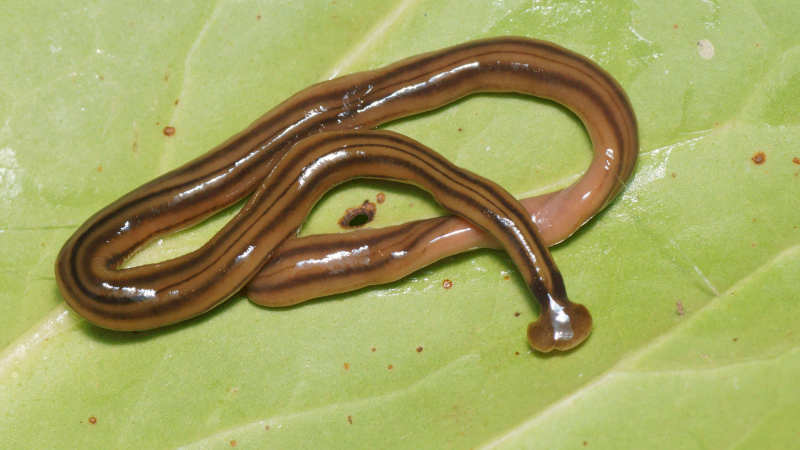Glioblastoma, brain tumour that took Gord Downie’s life, tough to treat: doctors
Posted October 18, 2017 8:47 am.
Last Updated October 18, 2017 1:49 pm.
This article is more than 5 years old.
TORONTO – The death of Canadian singer-songwriter Gord Downie from glioblastoma is a grim reminder of the daunting nature of the invasive brain tumour, which has one of the poorest survival rates of any cancer.
And, say scientists and brain tumour patient advocacy groups, his passing also focuses a spotlight on the need for more funding for research into the deadly cancer — a charitable cause the Tragically Hip frontman and his bandmates championed after his diagnosis was publicly disclosed in May 2016.
The exact cause of glioblastoma multiforme — so called because it contains various cell types — is unknown, but research increasingly suggests that genetic mutations give rise to the highly aggressive tumour.
About 1,000 Canadians are diagnosed each year with a glioblastoma and only about four per cent of those patients survive five years or longer. The average period of survival following diagnosis is about 18 months.
GBMs, as they’re sometimes called, occur more often in men than in women and increase in frequency with age. Those most affected are adults aged 45 to 75; GBMs make up only three per cent of childhood brain tumours.
What makes a glioblastoma so difficult to treat is that as the tumour grows, it sends out finger-like tentacles that worm their way into surrounding brain tissue.
“It’s embedded in the brain and it infiltrates into the brain in places where you just can’t remove it,” says neurosurgeon Dr. Peter Dirks, a senior scientist in brain tumour research at Toronto’s Hospital for Sick Children.
“We have the challenge that parts of your brain are essential for function, even the essence of who we are and how we communicate and how we laugh at jokes,” he says. “We don’t want to remove or harm those areas that are essential for us to function and make us the people who we are.”
While surgery may remove the bulk of a tumour, there are often areas of the brain that can’t safely be reached. Those more remote areas may harbour residual cancer cells that can spark recurrence of the cancer, despite treatment with radiation and chemotherapy.
“The tumours still have a habit of coming back, even if you thought you got it all, because there’s still a few cells left that have been crawling deeper into the brain that have the capacity to multiply and cause the tumours to regrow,” Dirks says.
Another reason they are so tough to eliminate, he says, is that many chemotherapy agents are unable to cross the blood-brain barrier, stopping them from attacking cancer cells within the brain.
The biggest advance in the last 10 years was the development of temozolomide, a chemotherapy drug that has the ability to penetrate the blood-brain barrier. A subset of glioblastoma patients respond somewhat to the medication, prolonging their survival a little bit longer, says Dirks.
“But many, many patients don’t respond at all,” he says. “It’s not like there’s really a therapy that we can tell people, ‘Well, this at least will definitely slow it down or put you into remission.'”
Researchers are studying the genetics of the tumours, as well as trying to decipher what if any role neural stem cells may play in the development and recurrence of the cancer. Numerous pre-clinical investigations are underway to develop better treatments — among them more effective temozolomide-like drugs, gene therapies and immunotherapies that harness the power of the immune system to destroy cancer cells without harming healthy tissue.
“I’m encouraged by the fact that we can now study the genetics in great detail, there are ways in which we can take patients’ own cancer cells and grow them to test drugs on them, and we’re starting to dissect the complexity better,” says Dirks.
“But it’s still pretty daunting and I think the key message that needs to be out there is there’s still a lot of work to be done.”
Susan Marshall, president and CEO of the Brain Tumour Foundation of Canada, agrees researchers still have a lot to learn to try to improve survival rates for people who develop a glioblastoma.
“In the world of cancers, brain tumours are considered to be pretty rare,” she says. “So that’s one of our challenges, because we are seen as a small cancer group to have research focused on it.”
Still, the Tragically Hip’s concert tour and related fundraising efforts have raised a considerable amount of money for research, which Marshall says will help advance the science behind glioblastoma and the 120 other types of brain cancer.
“I’d like people to know that Gord Downie has created a legacy for the brain tumour community and he will forever be seen as a hero, as someone who’s encouraged people, as someone who has brought hope.”
– Follow @SherylUbelacker on Twitter.










